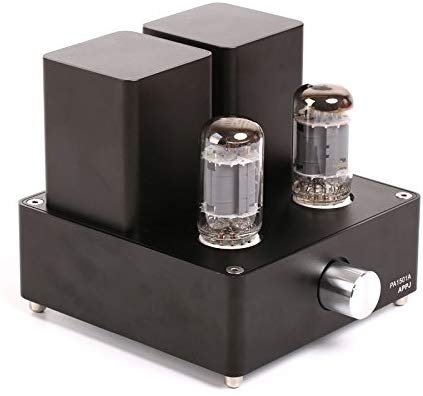I was fortunate enough to find myself an unofficial demonstrator (as opposed to dealer) for Art Audio for a couple of years as they had no representation in London. I had the use of the PX-25 and Carissa 845 SETs. Likewise, after Avantgarde's only London dealer lost (or surrendered) its franchise, I was unofficial demonstrator for AG too. One year, I took my AG Unos to a London Audio Show as Tom Willis of Art Audio had no suitable speakers to work with his amps. It was encouraging how many visitors to our room said that the sound was better than from Avantgarde's own room, where of course they were using their own SS amps on the bigger Duos.Actually I have a pair of KR PX 25 tubes that I bought from a forum member for use in my Lampizator Pacific. I have heard great things about Art Audio SETs
I have no experience with other low powered tube amps apart from an unfortunate experience with an Audio Note 300B stereo amp - not their finest! Peter


























